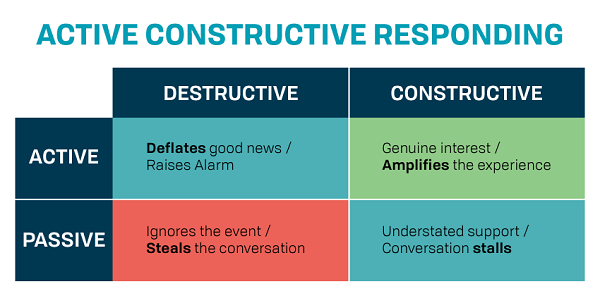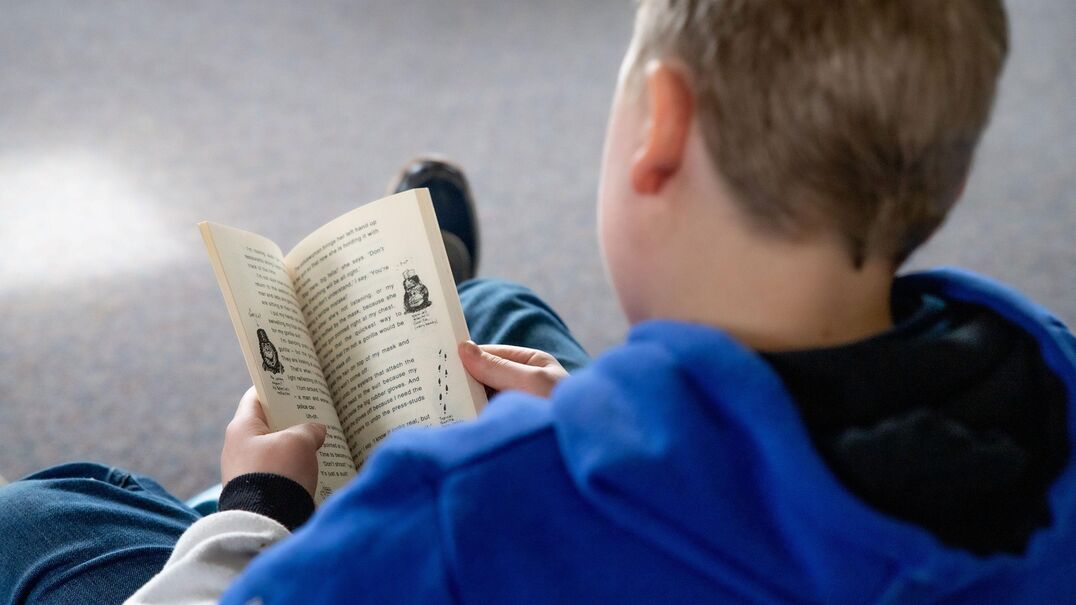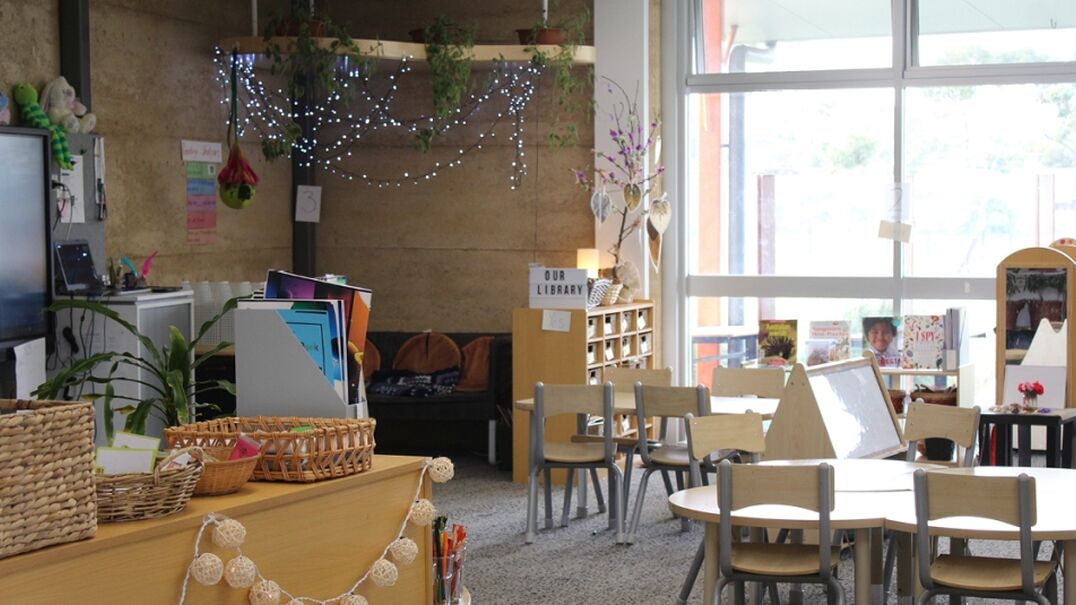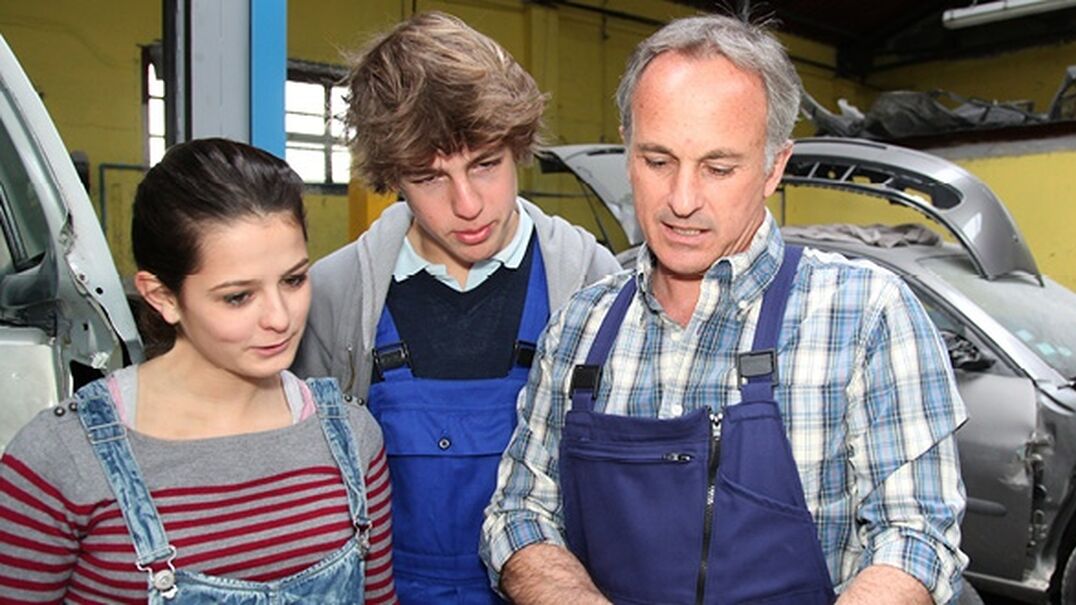For the most part, people are good at responding to the bad news of others. When someone comes to us and tells us they have lost a loved one, or didn’t get the job they wanted, or broke up with their partner, we commiserate, listen, and empathise well. But what about when something good happens?
In 2004 Shelly Gable and her team of researchers at the University of California tackled this problem, and discovered some interesting results. They found that responses to good news could be categorised in four different ways: Active Constructive, in which the respondents ask questions and congratulate; Passive Constructive, in which the respondents congratulate but do not elaborate; Active Destructive, in which the respondents draw attention to negative aspects of the good news, and Passive Destructive, in which respondents ignored the good news altogether. The diagram below provides examples of each way of responding.

Gable and her team found that only Active Constructive responses led to an increase in daily positive affect, satisfaction with life, and overall wellbeing, above and beyond the impact of the positive event itself, and was a factor in building relationship quality between participants. In addition, researchers found that those who had received Active Constructive responses had better memories of the event they were sharing than those who had received other responses.
What does this mean for teachers? Positive emotion in students boosts creativity and the ability to retain information (Fredrickson, 2001). Yet students who have experienced trauma may not have had many opportunities to discuss, share, and delight in their good news. Further to this, those positive memories that they do possess may often be overwhelmed by memories of negative events. Therefore, it’s important for us to teach students how to reflect and capitalize on their positive memories, and Active Constructive responding is an excellent, easy to understand structure for doing so.
This advice comes with some caveats, of course. It’s important to note that Active Constructive responding is a strategy for when a student is sharing good news – if the news a student is sharing is inappropriate, teachers should respond in more appropriate ways. And teachers should also develop strategies for Actively Constructing when they are in a hurry – statements such as, “That sounds great! I’d love to hear more about that at lunchtime!” are helpful for busy teachers.
The Active Constructive responding strategy brings individuals closer together by indicating that the responder believes that the event is significant, and also that the relationship between those individuals is significant. More than most students, our trauma-impacted students need to feel like they are important, and that they have someone in their lives who values them. Active Constructive responding gives us a structure for demonstrating to students that we do exactly that.
REFERENCES
Fredrickson, B. L. (2001). The role of positive emotions in positive psychology: The broaden-and-build theory of positive emotions. American psychologist, 56(3), 218.
Gable, S. L., Gonzaga, G. C., & Strachman, A. (2006). Will you be there for me when things go right? Supportive responses to positive event disclosures. Journal of personality and social psychology, 91(5), 904.
Gable, S. L., Reis, H. T., Impett, E. A., & Asher, E. R. (2004). What do you do when things go right? The intrapersonal and interpersonal benefits of sharing positive events. Journal of personality and social psychology, 87(2), 228.



